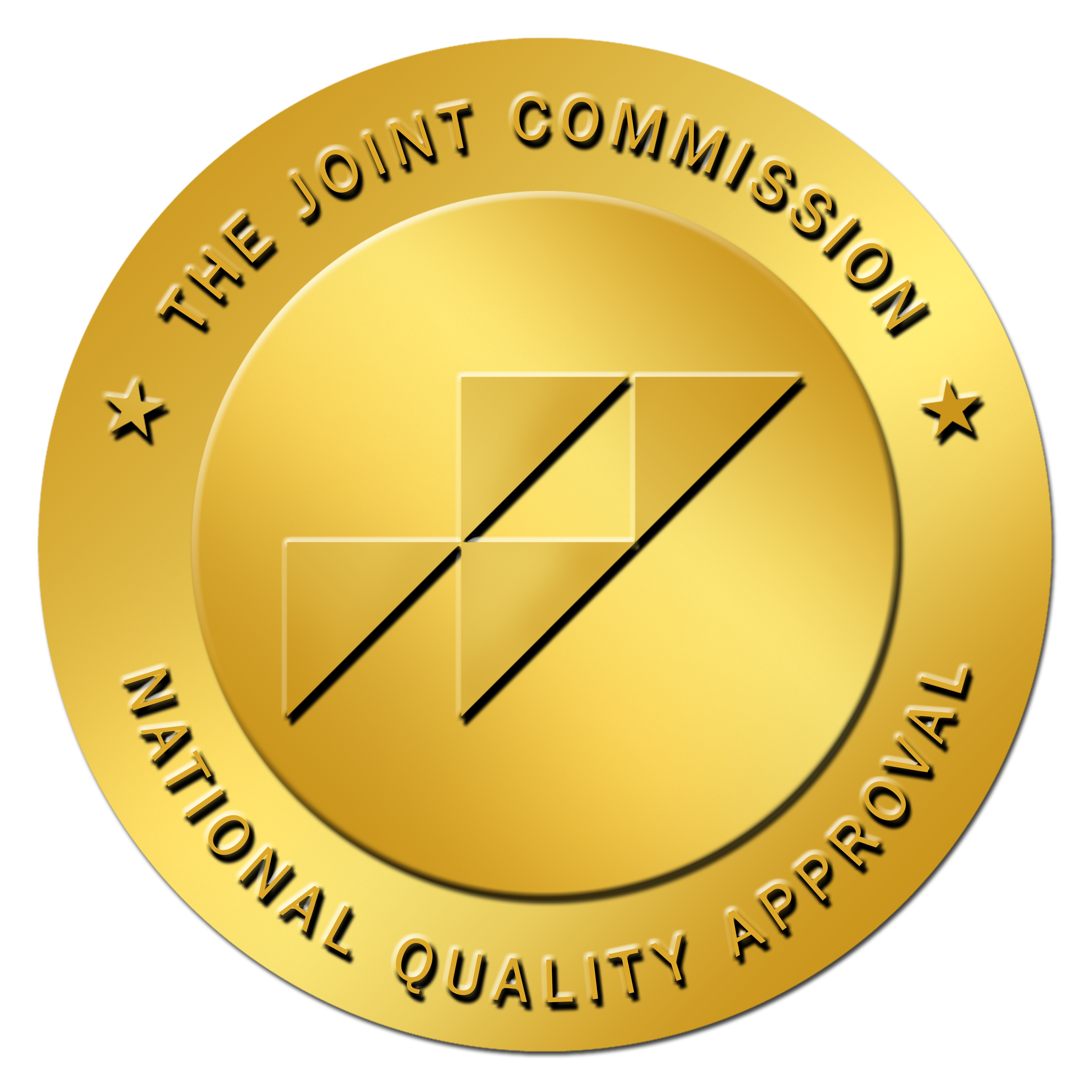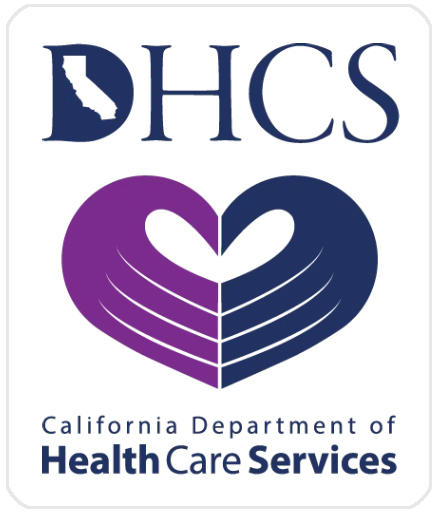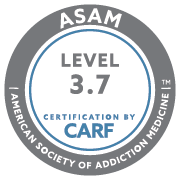Introduction
Living with depression can feel like navigating through a thick fog. Celexa (generic name: citalopram) stands as a beacon of hope for many individuals struggling with mental health challenges. This prescription medication has helped countless people regain their emotional balance and rediscover joy in their daily lives.
Yet, the internet is filled with misconceptions about Celexa. These myths can create unnecessary fear and prevent people from seeking potentially life-changing treatment. Let’s set the record straight and separate fact from fiction about this widely prescribed antidepressant.
Whether you’re considering Celexa as a treatment option or supporting someone who uses it, understanding the real story behind this medication empowers better healthcare decisions. We’ll explore the truth behind common Celexa myths and shed light on what science actually tells us about this important mental health medication.
However, it’s essential to remember that medication is just one part of the recovery process. For some individuals, particularly those dealing with substance abuse alongside mental health issues, a comprehensive treatment program may be necessary. In such cases, facilities like SoCal Detox in Orange County, CA, offer fully licensed and accredited drug and alcohol treatment programs that could be beneficial. Their 24/7 helpline (888) 590-0777 is available for immediate assistance.
Understanding Celexa
Celexa (generic name: citalopram) is a medication that belongs to a group of drugs called Selective Serotonin Reuptake Inhibitors (SSRIs). It is prescribed to increase serotonin levels in the brain, which is a neurotransmitter responsible for regulating mood and promoting emotional well-being.
Approved Uses
The FDA has approved Celexa mainly for the treatment of major depressive disorder. It helps patients manage symptoms such as:
- Persistent sadness
- Loss of interest in daily activities
- Changes in sleep patterns
- Difficulty concentrating
Off-Label Uses
Healthcare providers may also prescribe Celexa “off-label” for various mental health conditions, including:
- Anxiety disorders: Reducing excessive worry and panic attacks, which are common symptoms of an anxiety disorder.
- Obsessive-Compulsive Disorder (OCD): Managing intrusive thoughts and compulsive behaviors.
- Post-Traumatic Stress Disorder (PTSD): Addressing trauma-related symptoms.
How It Works
Inside the brain, Celexa works by blocking the reabsorption of serotonin by nerve cells. This action increases the availability of serotonin for communication between neurons, helping to restore emotional balance and improve mood regulation in individuals with depression and related mental health conditions.
Debunking Common Myths About Celexa
Let’s take a look at some common misconceptions about Celexa that often cause unnecessary worry among patients and their loved ones. Understanding the truth behind these myths can help you make better-informed decisions about your mental health treatment.
Myth 1: Celexa Changes Your Personality
A common fear among people prescribed Celexa is that the medication will fundamentally change who they are. This belief comes from a misunderstanding of how SSRIs work in the brain.
Here’s what really happens:
- Celexa helps regulate serotonin levels, which affects mood and emotional responses
- Your core personality traits – like being introverted, extroverted, creative, or analytical – remain intact
- The medication works to restore your natural emotional balance rather than create artificial changes
Think of Celexa like a pair of glasses for someone with blurry vision. The glasses don’t change what the person sees; they simply help them see things more clearly. Similarly, Celexa doesn’t alter your personality but helps you experience emotions in a more balanced way.
What You Might Notice:
- Reduced intensity of negative thoughts
- Better ability to cope with stress
- More stable mood throughout the day
- Improved emotional regulation
These changes reflect a return to your natural emotional state rather than a personality transformation. Many patients report feeling “more like themselves” once the medication takes effect, as depression symptoms no longer mask their true personality.
Myth 2: Weight Gain is Inevitable with Celexa
Let’s tackle a common worry among Celexa users: weight gain. Research paints a different picture than what many believe. Clinical studies show that significant weight changes affect only a small percentage of people taking Celexa.
A comprehensive study published in the Journal of Clinical Medicine revealed:
- Only 15% of patients experienced weight gain exceeding 5 pounds
- 10% of users actually reported weight loss
- 75% maintained their original weight within a 2-pound range
The reality is that weight fluctuations can stem from various factors beyond medication:
- Improved appetite due to reduced depression
- Changes in eating habits
- Lifestyle modifications
- Individual metabolic responses
Your body’s response to Celexa is unique. Some patients notice minimal weight changes, while others might experience slight fluctuations. Working with your healthcare provider to monitor any weight changes can help identify whether they’re related to the medication or other factors in your life.
Remember – maintaining a balanced diet and regular exercise routine while taking Celexa can help manage potential weight-related side effects.
Myth 3: Sexual Dysfunction is a Guaranteed Side Effect of Taking Celexa
Sexual side effects from Celexa spark significant concern among patients, yet research shows these effects vary considerably from person to person. While some individuals report changes in libido or sexual function, many patients experience minimal or no sexual side effects.
A clinical study published in the Journal of Clinical Psychiatry found that approximately 30-40% of patients reported some form of sexual dysfunction while taking Celexa. This means 60-70% of users maintained normal sexual function during treatment.
Common sexual side effects may include:
- Decreased sex drive
- Delayed orgasm
- Difficulty maintaining arousal
Healthcare providers can help manage these effects through:
- Dose adjustments
- Timing medication around sexual activity
- Prescribing supplementary medications
- Switching to alternative antidepressants
Many patients find that the benefits of improved mental health outweigh temporary sexual side effects, which often diminish over time as the body adjusts to the medication.
Myth 4: SSRIs Like Celexa Increase Suicidal Thoughts in Young People
The relationship between SSRIs and suicidal thoughts in young people requires careful examination. Research shows a slight increase in suicidal thoughts among individuals under 25 during the initial weeks of Celexa treatment. This risk is most pronounced during:
- The first 1-2 weeks of starting medication
- Periods of dosage adjustment
- Times of discontinuation
The FDA requires a “black box warning” on Celexa packaging to alert patients and healthcare providers about this potential risk. Yet, studies indicate that untreated depression poses a significantly higher suicide risk than SSRI treatment.
Key Safety Measures:
- Regular check-ins with healthcare providers
- Weekly monitoring during the first month
- Immediate reporting of mood changes
- Support system awareness and involvement
Myth 5: You Can Get Addicted to Celexa
Let’s clear up a common misconception: Celexa isn’t addictive in the way substances like alcohol or opioids are. The key difference lies in the absence of drug-seeking behavior or the compulsive use typically associated with addiction.
What can happen is physical dependence – your body adjusts to the medication’s presence. This natural adaptation process doesn’t mean you’re addicted. Think of it like wearing glasses; your eyes adjust to them, but you’re not addicted to your glasses.
Some people experience discontinuation symptoms when stopping Celexa:
- Dizziness
- Nausea
- Sleep changes
- Mood fluctuations
- Electric shock sensations
These symptoms aren’t signs of addiction – they’re your body readjusting to life without the medication. That’s why it’s crucial to work with your healthcare provider to create a proper tapering schedule rather than stopping abruptly.
Understanding this distinction helps reduce stigma and ensures better treatment outcomes. Your doctor can help you develop a personalized plan to safely adjust or discontinue Celexa when appropriate.
If you or someone you know is struggling with addiction, it’s essential to seek professional help. A tailored treatment program can significantly improve recovery outcomes. Additionally, if physical dependence has developed to a point that requires intervention, our guide on drug detox and co-occuring disorders can provide valuable insights into the process and what to expect.
Myth 6: Long-Term Use of Celexa is Dangerous Without Monitoring by Healthcare Providers
Long-term Celexa use is safe when properly monitored by healthcare professionals. Regular check-ups allow doctors to:
- Track medication effectiveness
- Adjust dosages as needed
- Monitor potential side effects
- Assess overall mental health progress
Research shows that many patients benefit from extended Celexa treatment without experiencing significant adverse effects. Your healthcare provider will typically schedule periodic appointments to:
- Check blood pressure and heart rate
- Review any new medications or supplements
- Evaluate your symptoms and progress
- Discuss any concerns or side effects
Some patients worry about organ damage from prolonged use, but studies indicate Celexa doesn’t cause lasting harm when taken as prescribed. At SoCal Detox, we’ve observed that patients who maintain regular contact with their healthcare providers often achieve better outcomes and feel more confident in their treatment journey.
Your doctor might recommend routine blood tests to ensure your body processes the medication effectively. These safety measures create a comprehensive monitoring system that supports successful long-term treatment.
Additionally, if you’re struggling with substance abuse alongside mental health issues, seeking help from a quality drug and alcohol detox program can be a vital step towards recovery. Such programs not only focus on detoxification but also provide ongoing support and monitoring, which can significantly enhance the overall success of your treatment plan.
The Truth About the Dangers of Celexa
Let’s separate fact from fiction about Celexa’s genuine risks:
Real Medical Concerns:
- Serotonin syndrome when combined with other medications
- Potential bleeding risks, especially with blood thinners
- Mild side effects like nausea or sleep changes during initial weeks
- Risk of QT interval prolongation in certain patients
Evidence-Based Decision Making:
The true dangers of Celexa lie not in the medication itself but in:
- Taking it without proper medical guidance
- Stopping medication abruptly
- Ignoring warning signs of adverse reactions
- Following advice from unreliable sources
Making safe, informed decisions about Celexa requires reliable medical information and professional guidance. At SoCal Detox, we prioritize evidence-based treatment approaches, helping our clients understand both the benefits and risks of their prescribed medications.
Conclusion
Your mental health journey deserves honest, open conversations with healthcare providers. The myths surrounding Celexa can create unnecessary fear and hesitation, but knowledge empowers better treatment decisions.
Remember:
- Your questions matter – ask them freely
- Share your concerns and experiences
- Stay engaged in your treatment plan
- Trust your healthcare team’s expertise
At SoCal Detox, we believe in transparent discussions about mental health treatment options. Our team stands ready to address your questions about Celexa and other medications in our serene Laguna Beach setting. Your path to wellness starts with understanding your treatment choices and maintaining open dialogue with medical professionals who support your journey.






